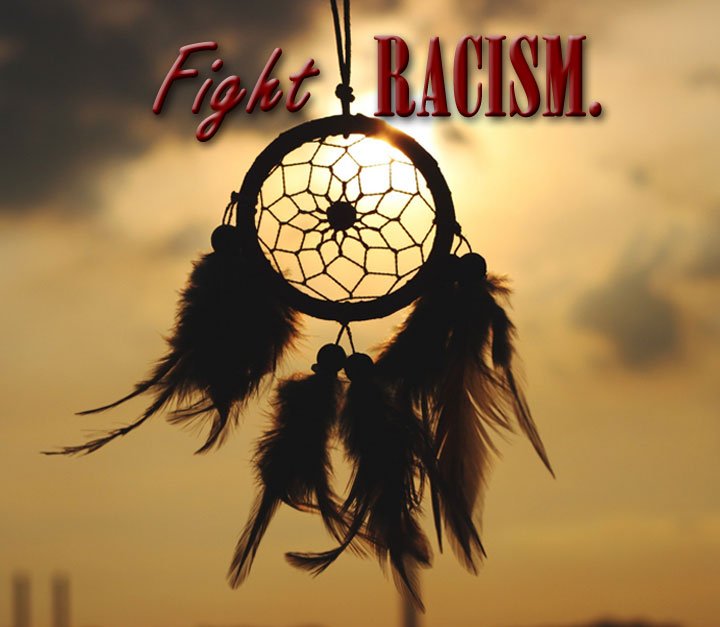Anti-Racism Resources - Indigenous Heritage Month
Compiled by Darliene Howell
Editor’s Note: The Dreamcatcher originated with the Anishinaabe/ Ojibwe people in North America. The Lakota also have dreamcatcher origin stories. Dreamcatchers are also associated with the Pan-Indian Movement of the 1960's and 1970's. The Dreamcatcher's popularity outside of indigenous groups is seen by some as a respect for Indigenous culture and by others as cultural appropriation. We encourage our community to learn more about this important symbol.
Each month, we will be featuring educational resources on the NAAFA Community Voices Blog. Some resources will be historic information about systemic racism. Others will be resources on doing the internal work of understanding ourselves and how we play a part in that system. There will also be actions that can be taken to directly oppose racism. This month’s Anti-Racism Resources focus on Indigenous People in honor of Indigenous Heritage Month. You can find more resources on the NAAFA website.
History
The Untold History of Native American Enslavement
Long before the trans-Atlantic African slave trade was established in North America, Europeans were conducting a trade of enslaved Indigenous peoples.
This tribe helped the Pilgrims survive for their first Thanksgiving. They still regret it 400 years later - Seattle Times
This article discusses the history of Plymouth Rock from the perspective of the Wampanoag people and shows how what we learned as children has been whitewashed.
Dismantling Systemic Racism
Educators And Native Leaders Recommend Bringing Anti-Racism To The Thanksgiving Table - NPR
Here are some ways educators and Native leaders recommend bringing anti-racism to the table.
How Racism Against Native People Is Normalized, From Mascots to Costumes - Teen Vogue
In this op-ed, Heather Davidson explains the normalized racism Native people witness every day.
The “Long Awaiting”—Lifting Up Native Voices for Economic Justice - Nonprofit Quarterly (NPQ)
This article is the first in a new series of articles that NPQ, in partnership with First Nations Development Institute (First Nations), will publish in the coming weeks. The series will highlight leading economic justice work in Indian Country and identify ways that philanthropy might more effectively support these efforts.
Representation Matters
There have not been many opportunities for Indigenous People to share their perspectives, stories, and experiences in mainstream media. We also need to be aware of the re-traumatization caused by racism that may occur when watching films or television. Here are examples of Indigenous created movies or television shows:
Wildhood - (Movie) Shown at the Toronto Film Festival in 2021
A two-spirit Indigenous teenager tries to find his mother, and himself, in this delicate coming-of-age story.
Reservation Dogs - (Television) Available from FX on Hulu
A coming-of-age comedy in a tight-knit community where everyone knows everyone, and business and pleasure mix.
Racial Trauma in Film: How Viewers Can Address Re-traumatization
Re-traumatization by film can have profound effects on one’s mental health and well-being. Some may ask, “Well it’s just a movie; can it really have that deep of an impact on someone’s mental health?” The answer to that question is, yes, it can.
Other Resources
This blog is a place to present truths and perspectives about the Indigenous People of the Western Hemisphere (with particular focus on the Caribbean) not easily found in other places and includes: book lists, websites, video clips, music/songs, curriculum ideas, and other thoughts thrown in for explanation.
Darliene Howell (she/her) - Administrative Director for NAAFA. Darliene has worked directly with NAAFA since her retirement in 2004; first as the recording secretary to the Board of Directors in 2007, then elected as the Chair of the Board and Administrative Director in 2015. She has been active in fat community 20+ years.


